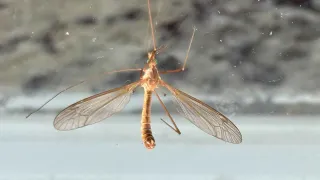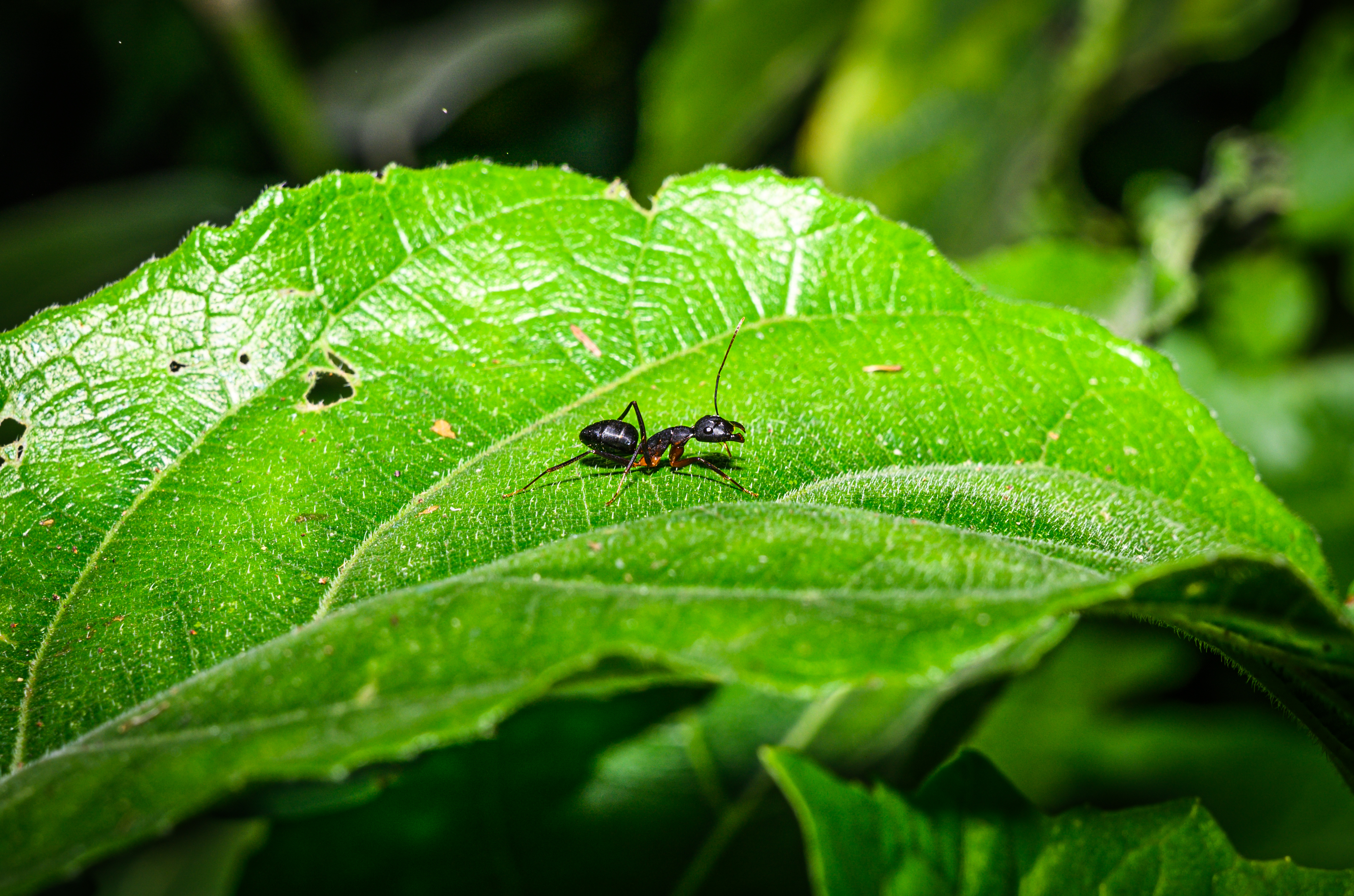
What to Know
- Crane flies are abundant because of our mild Texas winter and warm February
- Crane flies, often called mosquito hawks or mosquito eaters, don't eat mosquitoes and don't bite or sting
- Crane flies are more annoying than dangerous, so if a crane fly gets in your home, just scoop it up and put back outside
It's spring in Texas and that means bluebonnets, baseball and unfortunately, bugs and this year crane flies are abundant.
Often confused by new Texans for a Texas-sized mosquito or incorrectly referred to by longtime Texans as mosquito hawks or mosquito eaters -- crane flies are delicate, harmless, gentle insects that do not carry disease or bite.
WHAT ARE CRANE FLIES AND WHAT DO THEY EAT?
Get DFW local news, weather forecasts and entertainment stories to your inbox. Sign up for NBC DFW newsletters.
Crane flies are usually one of the first signs that spring is here. Texas A&M AgriLife's website says the larvae, often found under layers of decomposing leaves, have chewing mouthparts and feed on decomposing organic matter helping with the process of decomposition. Adults emerge in February and March and do not feed.
Crane flies make up a large family – Tipulidae – in the order Diptera, or true flies, and as such, they're related to other true flies, like mosquitoes.
Crane flies can be distinguished from mosquitoes not only by their larger size but also by their wings, which lack the scales found on mosquito wings.
Luckily for us (and mosquitoes), they don't bite! While crane flies might not reduce the mosquito population, they do serve as a food source for frogs, swallows, armadillos and other insectivores.
WHAT IS A CRANE FLY'S LIFESPAN?
As larvae, crane flies are fairly protected from the elements and can live for upwards of three years in this stage.
As adults, crane flies live for about a week or two.
"Remember, these are completely harmless and have their place in the balance of the ecosystem," said Bryant McDowell, an extension program specialist for Texas A&M AgriLife. "They are emerging in large numbers to better their chance of mating and laying eggs during their extremely short-lived adult lives."
Spring is the crane fly's preferred mating time.
WHY ARE THERE SO MANY CRANE FLIES?
This year you've probably noticed more crane flies than you can count.
There's no real tracking of the crane fly population, but McDowell said, "a mild winter and warmer weather in February definitely jump-started the population." He expects we'll continue to see lots of crane flies as the weather conditions continue to be favorable.
HOW DO YOU GET RID OF CRANE FLIES?
Despite their creepy mosquito-like appearance, crane flies are completely benign.
The adults, like many insects, are attracted to lights and so they end up on our front porches at night and fly into the house when doors and windows are open. But they don't cause any harm and don't carry any diseases.
To keep them outdoors, McDowell suggested ensuring window screens are in good condition and eliminating gaps in doors and windows.
If they do get inside, McDowell advised, simply scoop them up and place them back outdoors. Repeat as necessary.
Get DFW local news, weather forecasts and entertainment stories to your inbox. Sign up for NBC DFW newsletters.



